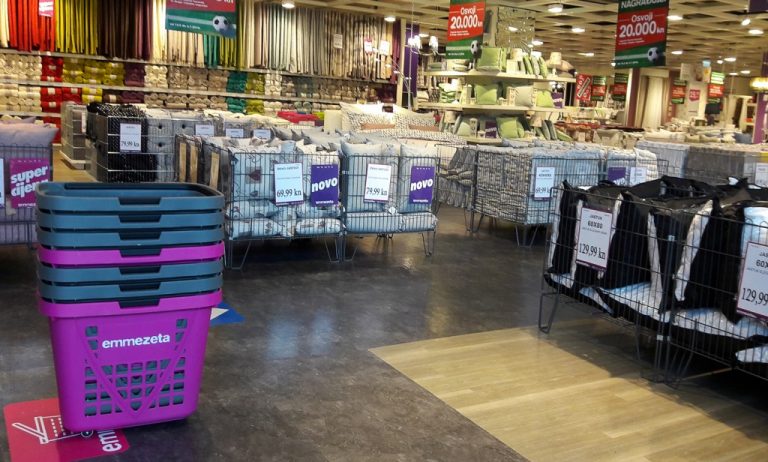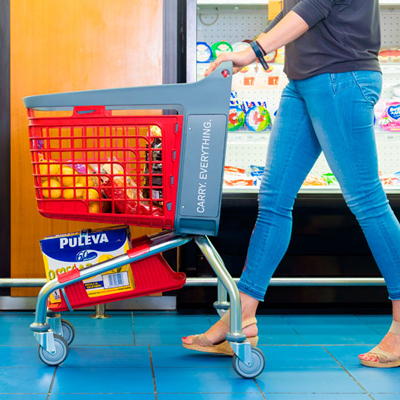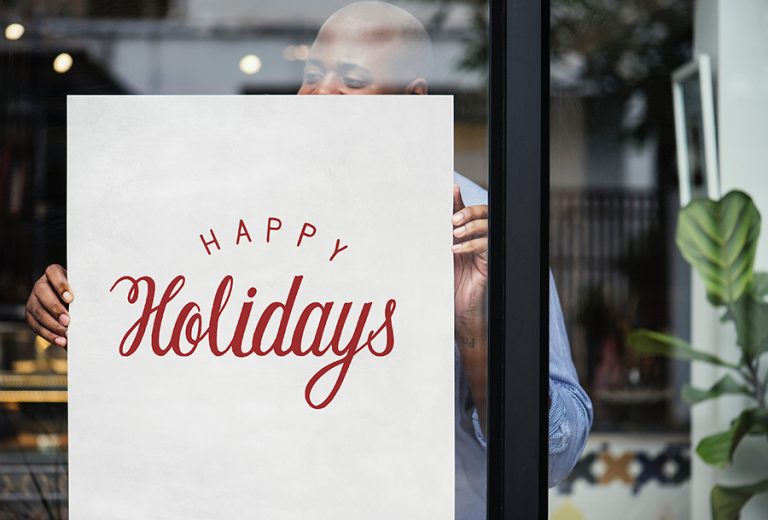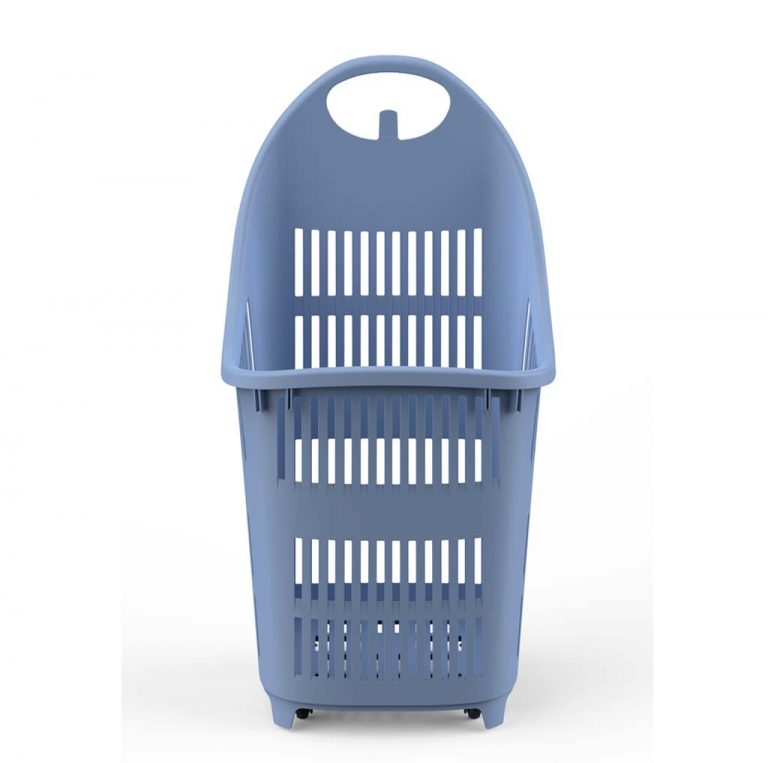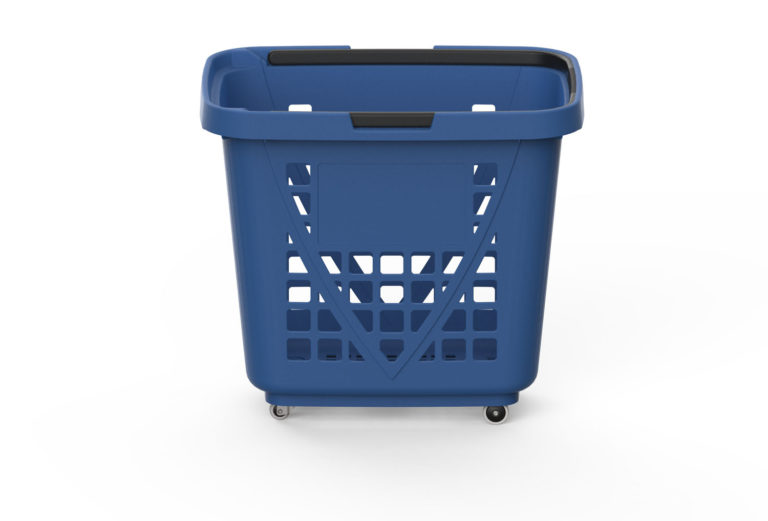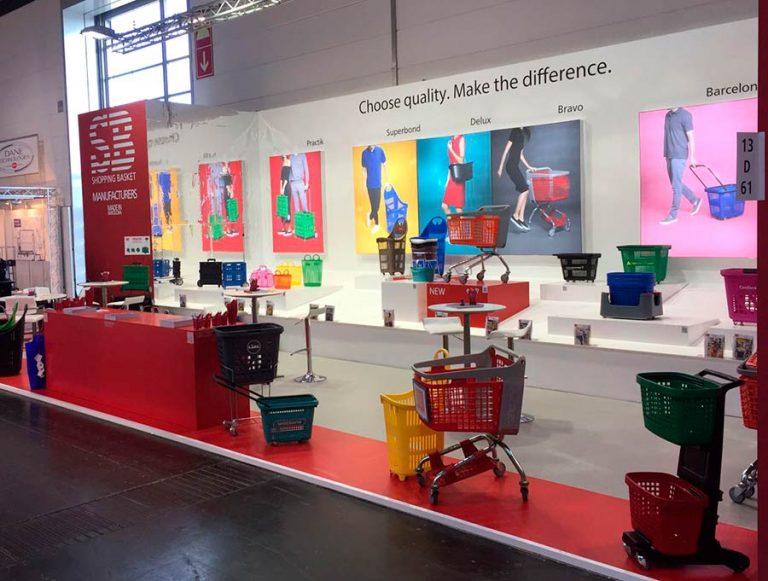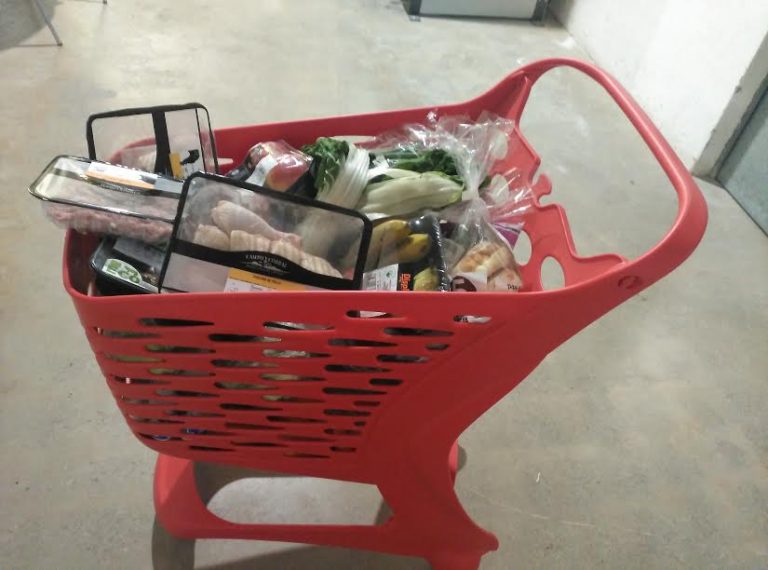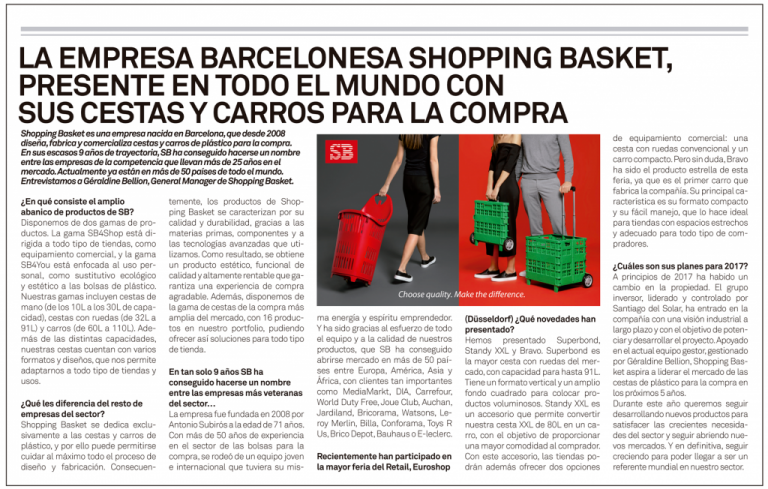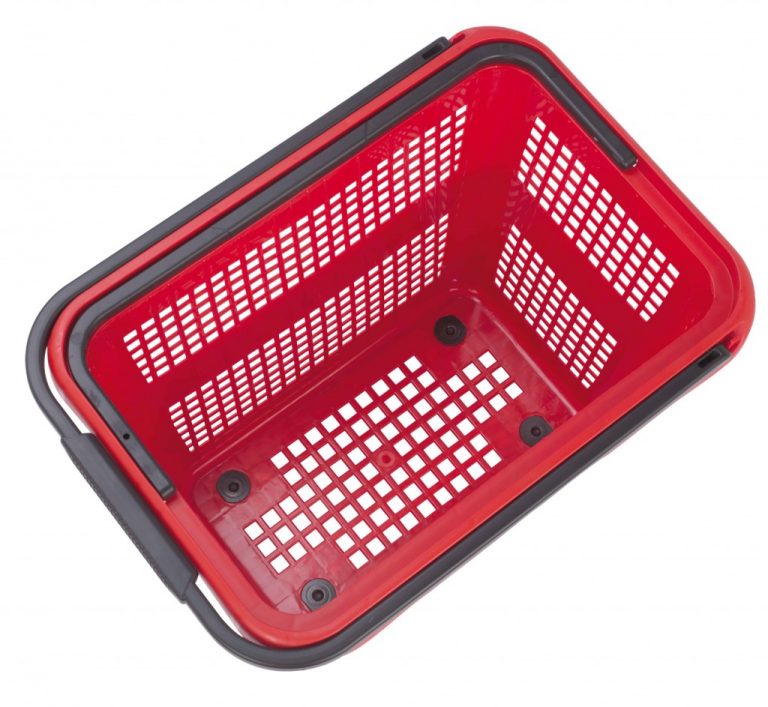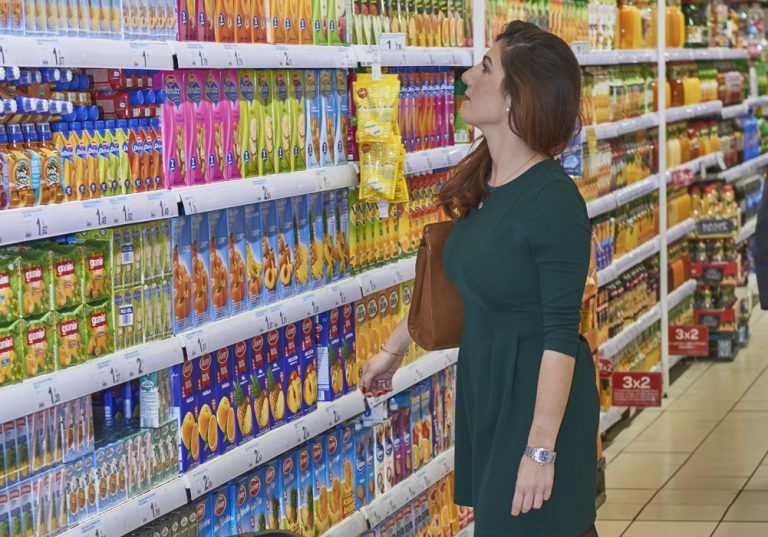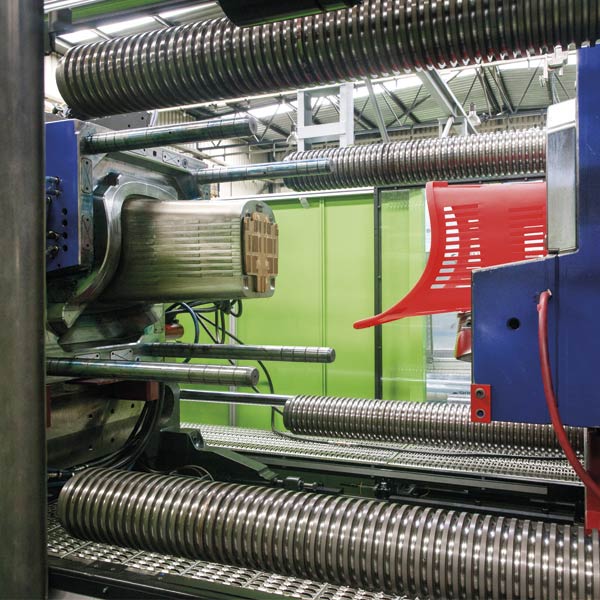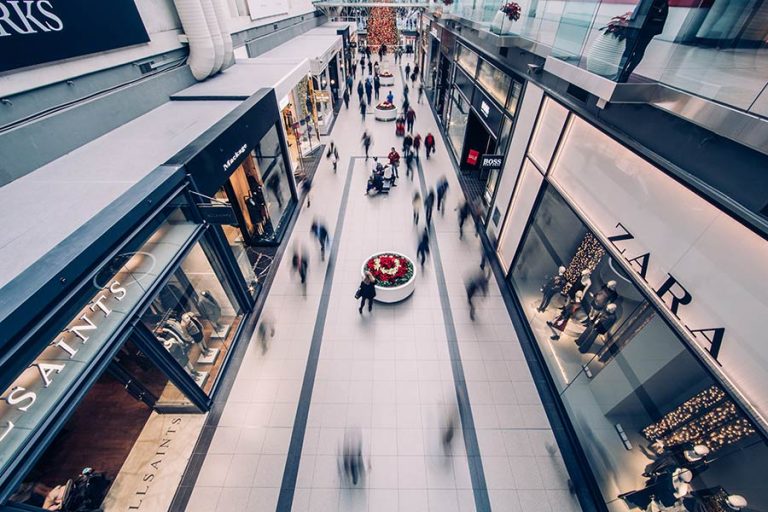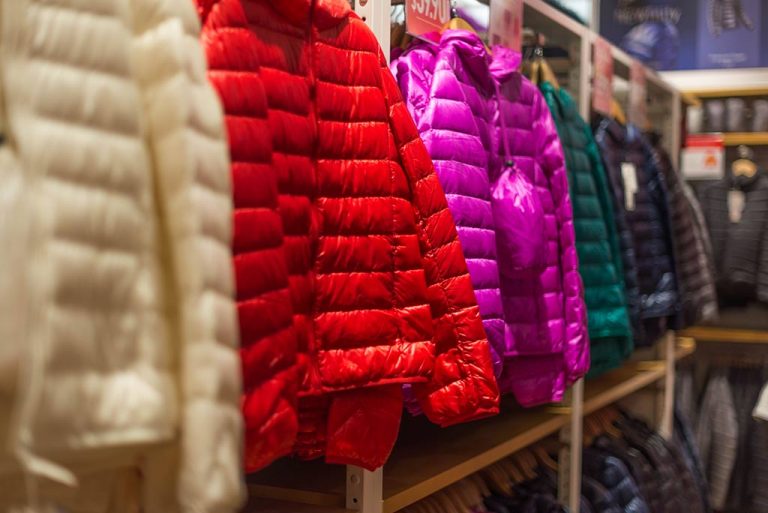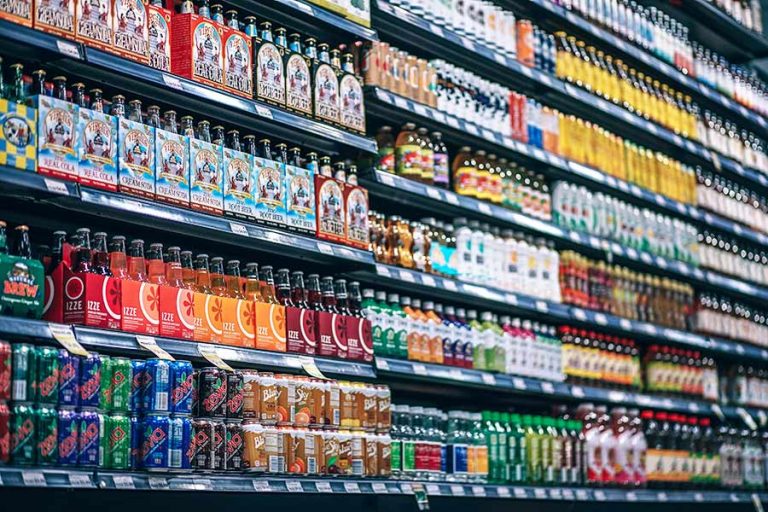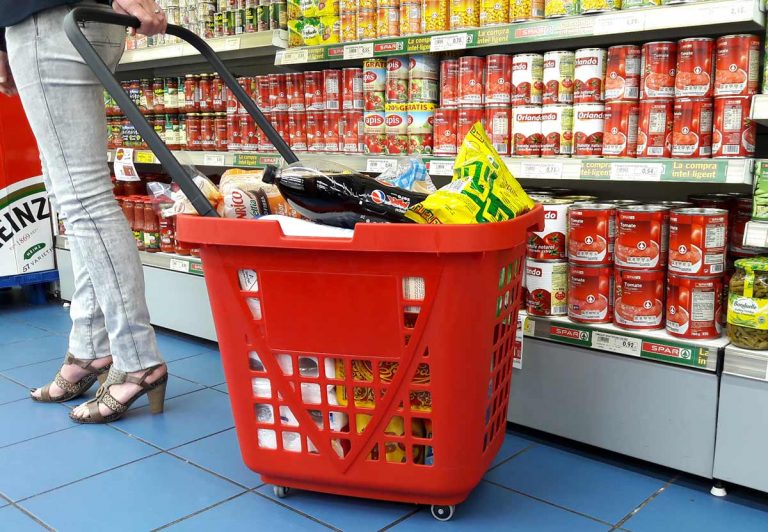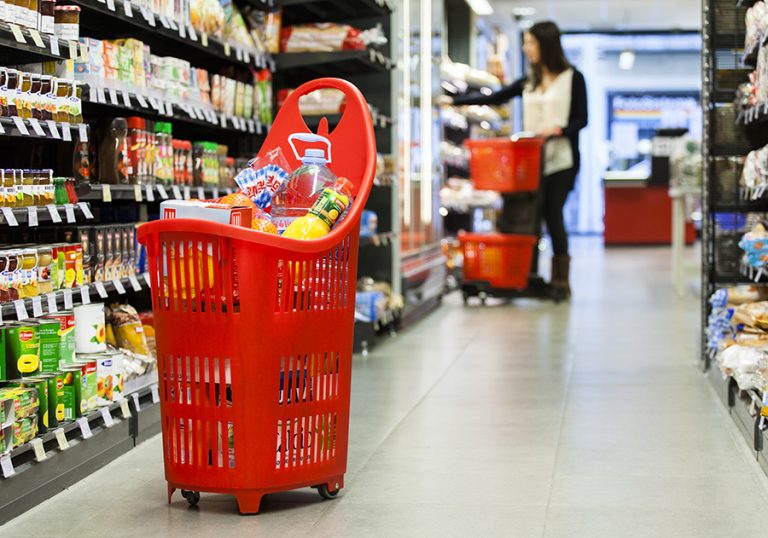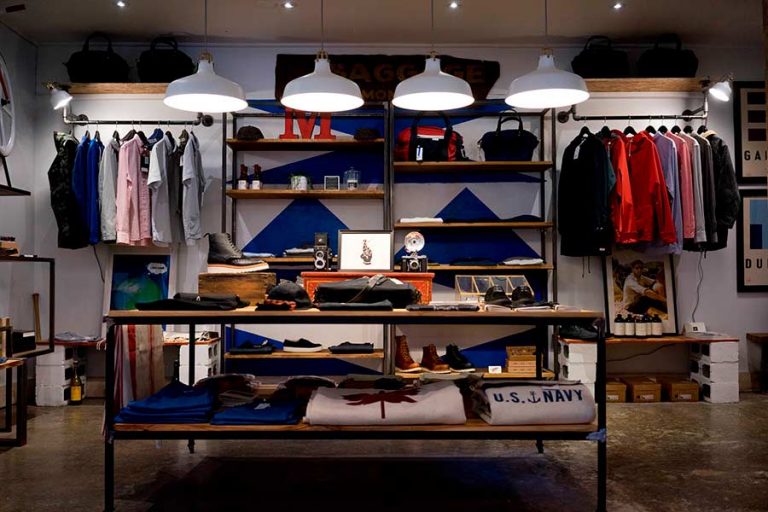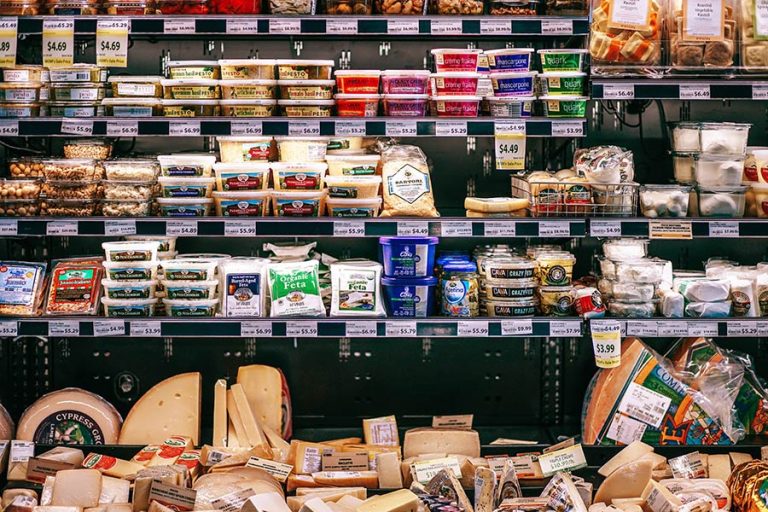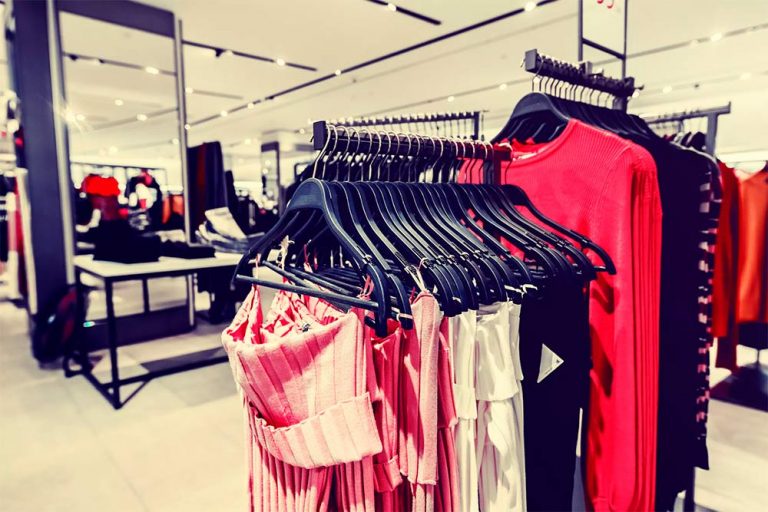Ultra-conveniencia en retail es, realmente, un concepto que hace referencia a la tendencia de las empresas a hacer más fácil la vida de sus clientes. La finalidad es brindarle todo lo que necesita de la manera más rápida posible para que, de este modo, se sienta satisfecho y considere tu negocio de su confianza.
Ultra convenience in retail is a concept that refers to companies’ tendency to make their customers’ lives easier. The goal is to provide everything they need quickly so that they feel satisfied and consider your business trustworthy.
Recently, a model that relies on platforms offering ultra-fast delivery service has been developed. ‘We arrive 15 minutes earlier’ is the motto. There is no doubt that consumers are changing their habits and immediacy is an increasingly valued asset.
Why does ultra-convenience in retail succeed?
The reasons why ultra-convenience in retail is succeeding among shoppers are varied. The most important of all is that, in a world as fast-paced as the one we live in, time is becoming for many, as scarce as it is precious.
Our pace of life is dizzying, and especially in large cities, we spend several hours a day commuting. This is largely because the price of housing has become so expensive that we have been forced to move to the outskirts or nearby cities.
What happens then? We bet on so-called convenience stores, those that are closer to our home or workplace. Also, on those that allow us to place our order in a few minutes and have it knocking on our door shortly after.

Therefore, this trend is having a particular impact on the food sector, where the concept of ready-to-eat is making significant strides. The growth of restaurants that deliver food to our homes has been notable in recent years. Practically, we can order any dish we crave.
The lack of time often prevents us from properly planning our obligations. This means we are forced to resort to immediate consumption, even if it is more expensive. We are increasingly going to the supermarket more frequently, and our purchases are becoming more regular.
How is ultra-convenience organized to make it work?
Instant delivery is one of the most valued criteria by consumers, even above other factors such as product variety and availability. Considering this, ultra convenience has been developed around models that allow offering this guarantee to customers.
In this scenario, the so-called dark stores have emerged strongly, which are warehouses dedicated exclusively to processing orders placed through online stores. These are spaces that are not open to the public and rely on large distribution chains to be more efficient.
Convenience stores, as mentioned earlier, have also proliferated. These are establishments located in strategic areas, with a catalog tailored to the specific needs of their customer profile and offering flexibility regarding opening hours.
Lastly, we cannot fail to mention platforms that offer third-party services responsible for delivering orders to their recipients. In the food industry, some well-known ones have become established, such as Glovo or Just Eat. Turbo-Fresh is an app developed by Rappi that guarantees deliveries in less than 10 minutes and has a catalog of over 1,000 products.
A good example of transformation in ultra-convenience stores
Cepsa, which boasts the second-largest network of gas stations in Spain and Portugal, is a clear example of a company embracing ultra-convenience. Recently, it has launched a strategy to increase the variety of services related to this trend.
Fresh food, sustainable vehicle washing, multi-energy solutions… The Spanish company is pioneering the transformation of its establishments into ultra-convenience spaces. They also offer other services such as those related to e-commerce or parcel collection points.

How is the future of ultra-convenience in retail envisioned?
Do you need to give your retail business a boost? We invite you to hop on the ultra-convenience bandwagon because, without a doubt, it’s a future trend. However, it’s important to consider this idea depending on the sector where you operate. The ultra-fast delivery favored by this model is a rising value, although it relegates the experiential factor to a secondary role.
Immediacy satisfies needs with a high level of frequency, or the most basic ones such as food or hygiene. However, in areas where quality or distinction are more valued, it doesn’t make sense as a business model and can even be counterproductive.
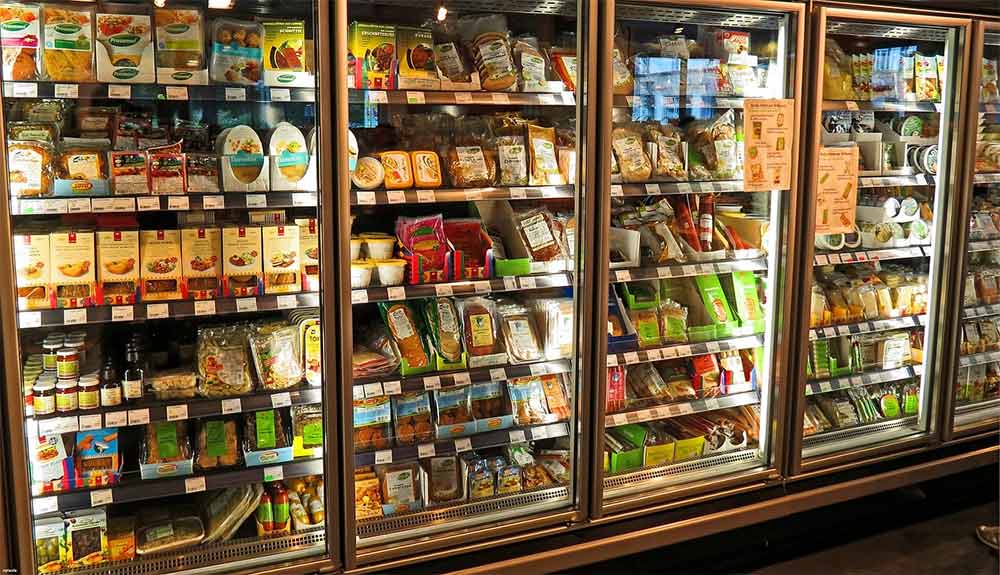
 Sign up for our newsletter and be the first to receive our articles!
Sign up for our newsletter and be the first to receive our articles!
